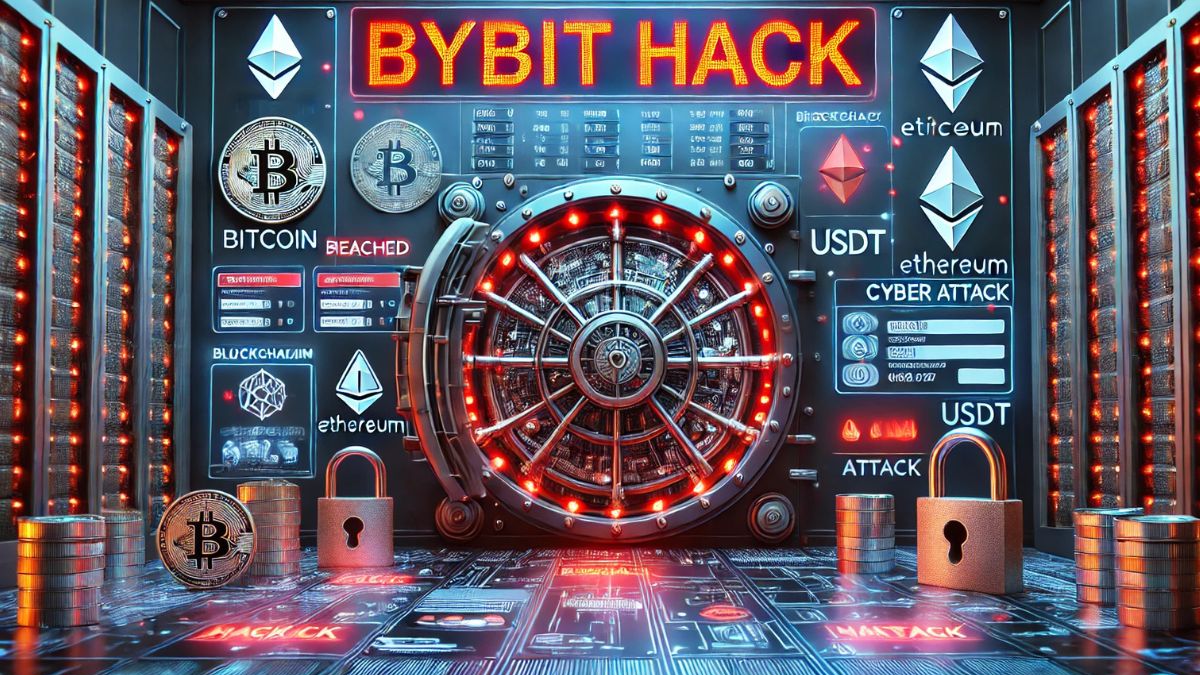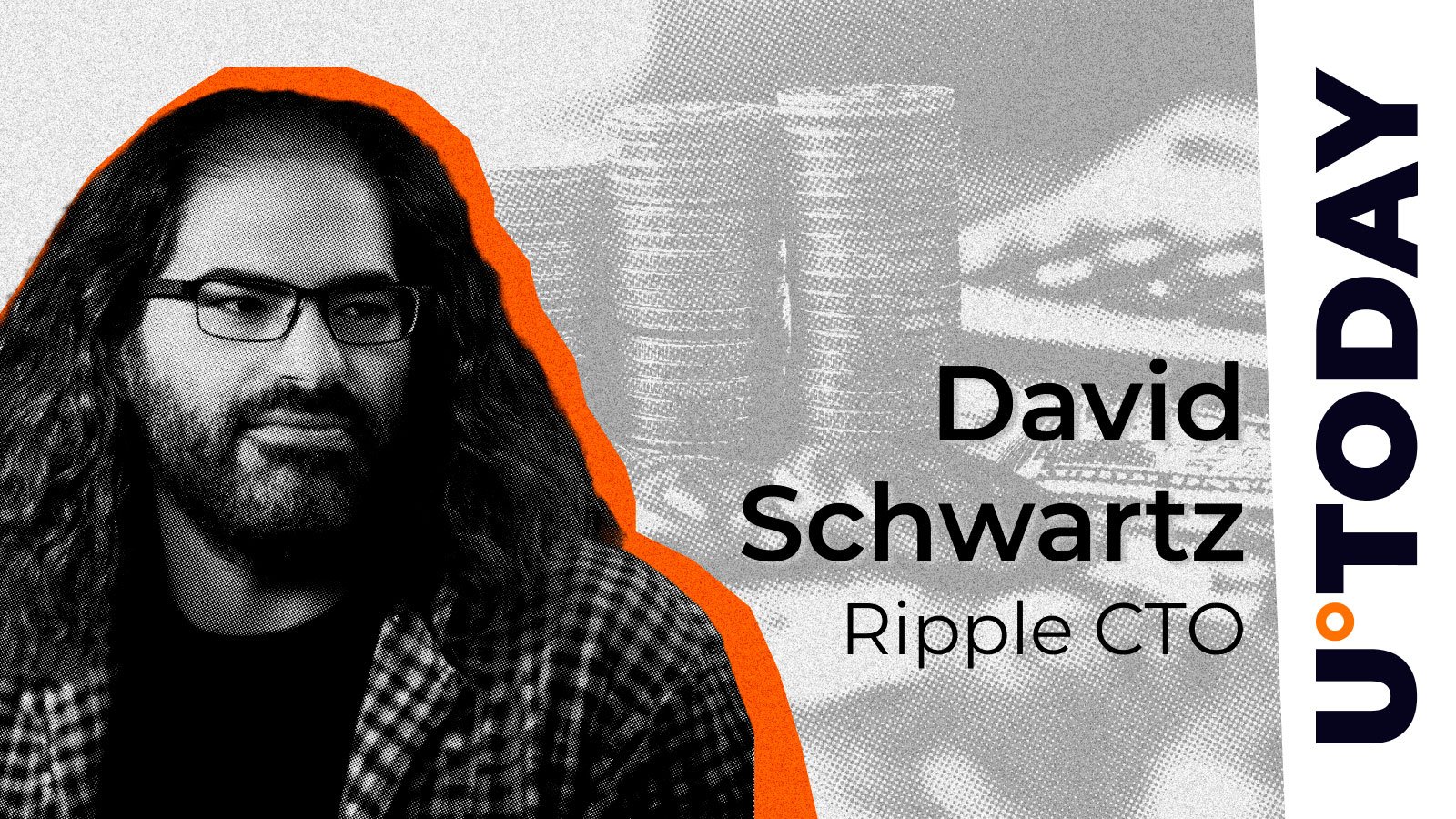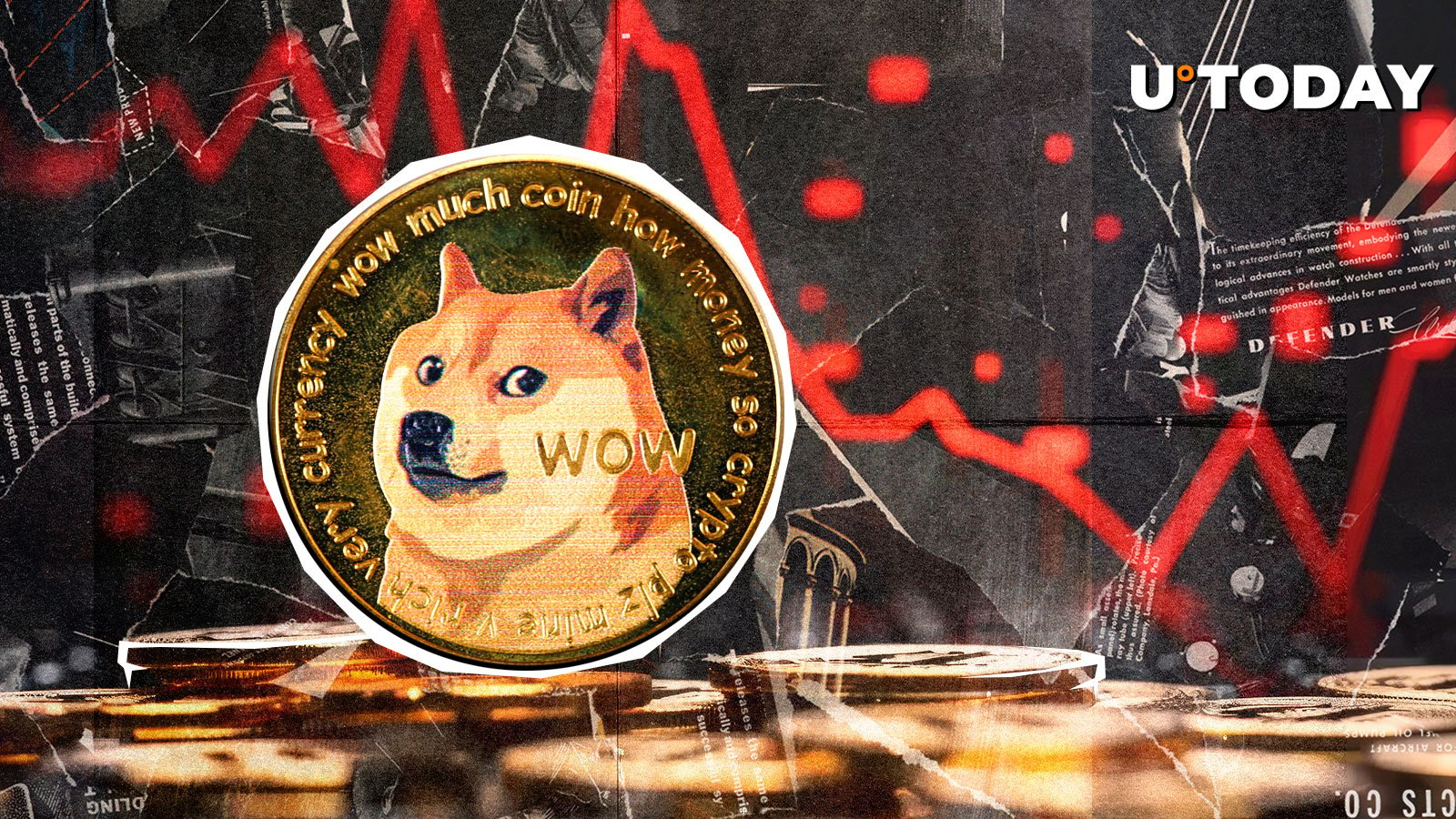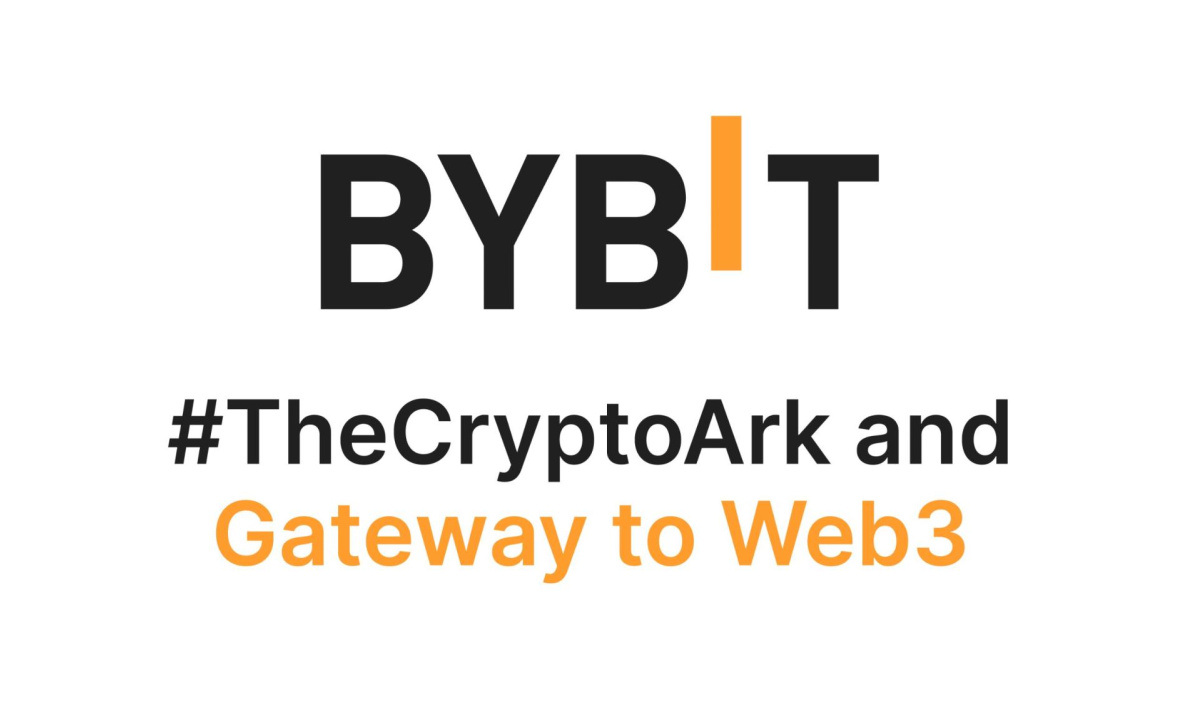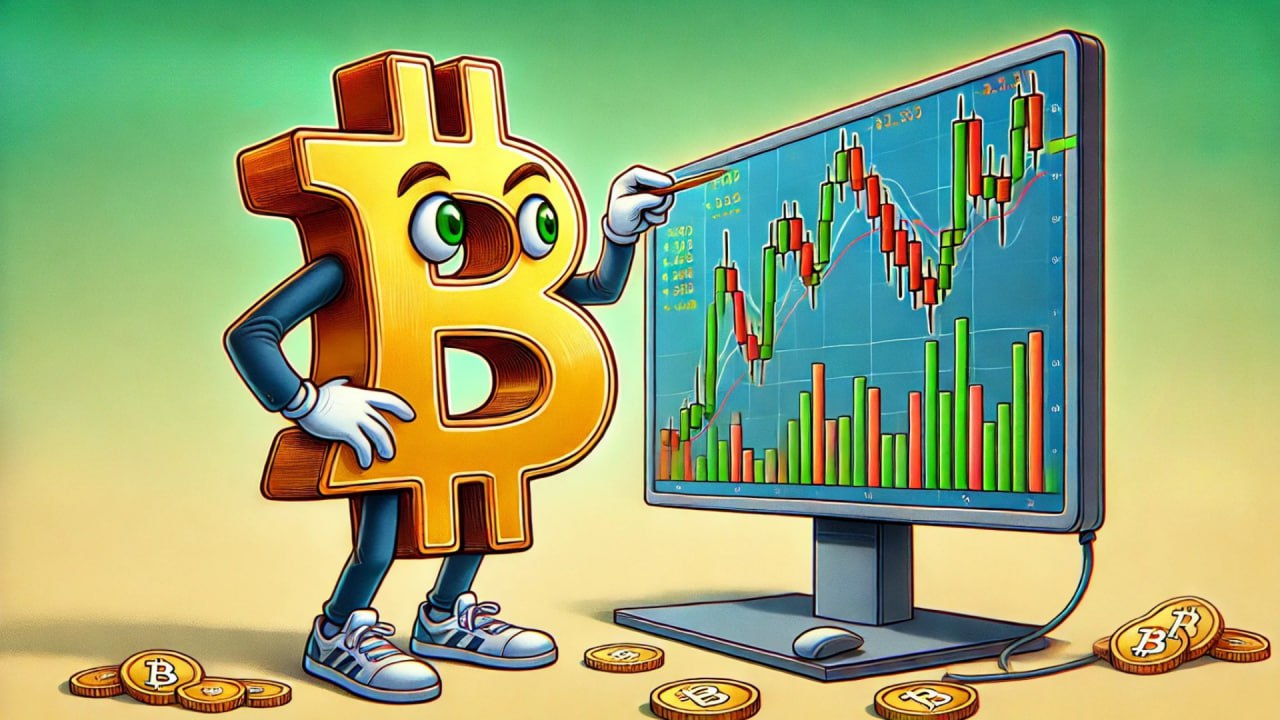
Bitcoin (BTC) has steadied itself between $96,000 and $96,500 following a substantial decline after Bybit, one of the most prominent cryptocurrency exchanges, was hacked for a staggering $1.4 billion. The flagship cryptocurrency has registered a marginal increase over the past 24 hours and is trading at $96,390. BTC has been range-bound for weeks. However, spot Bitcoin ETFs have continued to attract inflows. ETFs have attracted inflows of $4.3 billion in Q1 2025, compared to $4.8 billion in Q1 2024. Is BTC’s Dip A Chance For Retail Investors? Bitcoin (BTC) has registered a sharp correction since hitting its all-time high on January 20. However, the flagship cryptocurrency could not sustain momentum, ultimately dropping below $100,000 as it tested key support levels. BTC is currently trading 12% lower than its all-time high. BTC’s drop has retail traders wondering if they should buy the dip or wait for a deeper correction. BTC has entered a consolidation phase after its impressive post-election rally. Analysts believe the current price action indicates a pause before the next leg of the bull rally. Edu Patel, Founder and CEO of Mudrex, stated, “While macroeconomic data and rising tariffs have caused short-term volatility, promising new developments in regulation and adoption, such as the SEC’s crypto task force and new ETFs awaiting approval, signal there could be a lot of steam left in this bull run.” According to Patel, retail investors must take advantage of this current consolidation phase and buy the dip. “With Bitcoin holding strong at key support levels, market pullbacks offer opportunities for dollar-cost averaging.” However, not everyone is convinced this is the right time to enter the market. According to Shivam Thakral, CEO of BuyUcoin, investors must conduct their research and assess their risk tolerance before making any moves in the market. “The current market conditions are marked by volatility and driven by macroeconomic factors and regulatory uncertainties. While some may view this dip as a buying opportunity, investors must conduct thorough research and assess their risk tolerance before making any decisions.” Amit Malik, President of JAPA (Japan, Asia Pacific, and Australia) at Wadzpay, warned retail investors against making impulsive decisions. “Historically, buying the dip has proven profitable for fundamentally strong cryptos like Bitcoin and Ethereum, which tend to rebound after corrections. However, prices could fall further due to regulatory changes or macroeconomic events.” Can A Strategic Bitcoin Reserve Pay Off US Debt By 2049? VanEck has released a tool that assesses the potential impact of a Strategic Bitcoin Reserve under specific conditions. The tool allows the government to set the number of Bitcoins purchased annually, the average price at which they are being bought, and the average compound growth rate of the BTC price and US debt. The tool is based on VanEck research outlining how soon the debt could be offset by the reserve at the specified parameters. The research assumes the Bitcoin Act will be adopted this year. The research assumes the US Treasury will collect a million Bitcoins in five years and hold them for 20 years, with the assets only being spent to cover the national debt. VanEck’s research concludes the US will amass 1 million BTC by 2049, with their total value amounting to $21 trillion, which would offset around 18% of the national debt, which is expected to reach $116 trillion by 2029. Bitcoin (BTC) Price Analysis Bitcoin (BTC) could be approaching a decisive moment, with a potential breakdown of key support levels after weakening buying pressure. According to one analysis, BTC’s support zone at $93,000 has been tested multiple times since BTC began trading in its consolidation range. The analysis states that multiple retests could have weakened the support zone, and buyers could be overwhelmed. The latest retest of BTC’s support level occurred on February 18, when BTC dropped to an intraday low of $93,430 before recovering. With buying pressure fading, the likelihood of a drop below this level has increased. A break below this level could lead to a deeper correction and lead BTC to drop below $80,000. BTC’s next significant level of support sits at $72,000. However, BTC has not shifted into a fully bearish mode, with current price action suggesting indecision. This means it could resolve either way. If BTC dips below $93,000 and then $90,000, it could lead to a deeper correction. On the other hand, if buyers gain momentum, BTC could push above $100,000. However, BTC is struggling to build momentum, with sellers controlling the ongoing session. BTC needs significant buying and selling pressure to break out of range. However, there is no catalyst to dictate price action, with the fallout from the Bybit hack largely contained. BTC started the week in the red after dropping 1.51% on Sunday. Sellers retained control on Monday, with the price falling below $96,000 to settle at $95,767. Selling pressure intensified on Tuesday as BTC plunged to an intraday low of $93,430. However, it recovered from this level to reclaim $95,000 and settle at $95,643, ultimately registering a marginal drop. Sentiment changed on Wednesday as buyers returned to the market, and BTC rose nearly 1% to reclaim $96,000 and settle at $96,386. Bullish sentiment intensified on Thursday as BTC registered an increase of almost 2% and settled at $98,251, with analysts expecting a move towards $100,000. Source: TradingView That expectation changed on Friday following the Bybit hack that sent shockwaves in the market, with prices tanking. As a result, BTC faced significant volatility and fell to an intraday low of $94,829 before settling at $96,184, a drop of just over 2%. Saturday saw a marginal recovery as BTC rose to $96,478. However, the price fell back during the current session, down 0.53%, and trading at $95,659. If buyers cannot retake control, the MACD, currently bullish, could flip to bearish. Meanwhile, the RSI is just below the neutral zone, indicating a bearish bias. Disclaimer: This article is provided for informational purposes only. It is not offered or intended to be used as legal, tax, investment, financial, or other advice.
Bitzo
You can visit the page to read the article.
Source: Bitzo
Disclaimer: The opinion expressed here is not investment advice – it is provided for informational purposes only. It does not necessarily reflect the opinion of BitMaden. Every investment and all trading involves risk, so you should always perform your own research prior to making decisions. We do not recommend investing money you cannot afford to lose.
Vitalik Buterin Reveals the Most Disappointing Moment for Ethereum
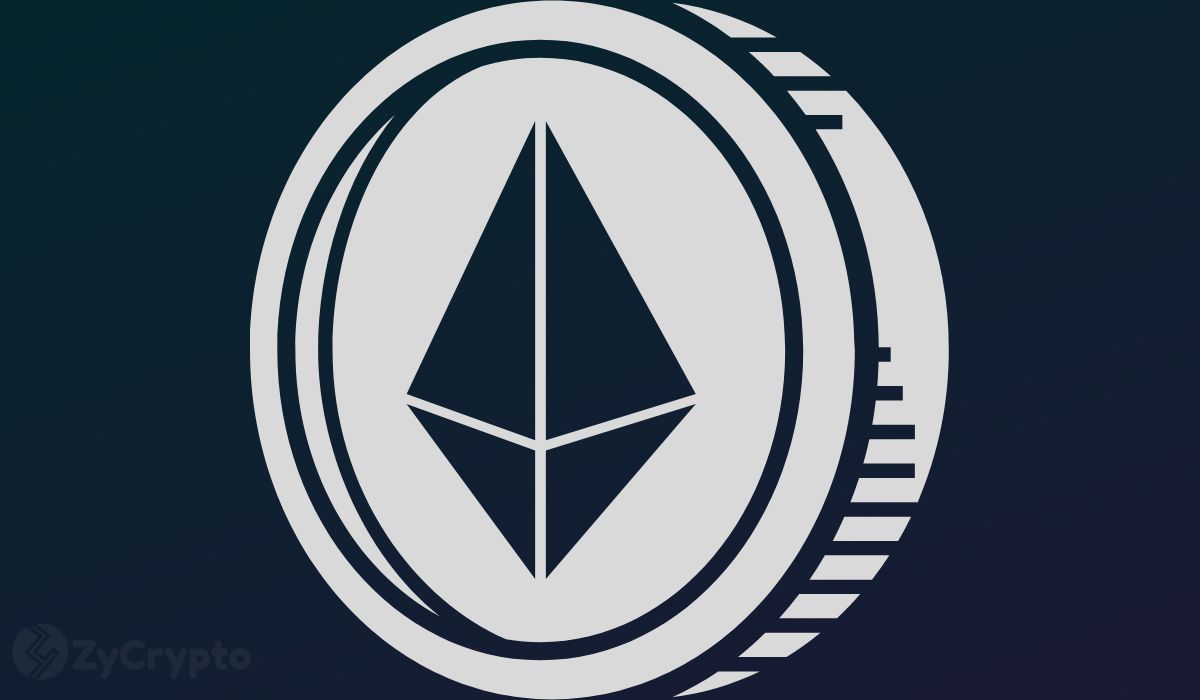
Ethereum co-founder Vitalik Buterin has voiced concerns over criticisms directed at Ethereum’s stance on blockchain-based gaming applications. During a Wednesday AMA session on the chat app Tako, Buterin addressed user Mable Jiang’s inquiry about moments in the past year that left him frustrated or disappointed with the Ethereum Foundation, its community, or the industry. Jiang also asked if he had ever considered taking a break. In response, Buterin expressed his disappointment, particularly over criticisms that Ethereum is “bad and intolerant” for not embracing blockchain-based casinos as openly as other networks. “ Perhaps the most disappointing thing for me recently was when someone said that Ethereum is bad and intolerant because we don’t respect the ‘casinos’ on the blockchain enough, and other chains are happy to accept any application, so they are better.” He stated . Despite occasional online rants about the network, Buterin, however, noted he finds comfort in personal interactions with the Ethereum community, most of whom remain committed to the platform’s original values. “I have a responsibility to this community and cannot abandon them. We Ethereum need to work together to create the world we want to see,” he added. Buterin also suggested potential strategic shifts to enhance the network, emphasizing the need for structural improvements for the network and greater decentralization within the Ethereum Foundation. He noted that the foundation, which currently facing a backlash for lack of neutrality, might need to be less neutral at the application layer and take a more active role in supporting certain initiatives. “ This will require some changes,” he stated, adding , “But this project is worth doing.” Notably, Buterin’s response comes amid an ongoing debate in the blockchain space about balancing ethical considerations with open access. Some networks, like Solana, have taken a more permissive approach, welcoming applications across various sectors, including gambling and speculative ventures. However, this openness has also led to high-profile failures, such as the collapse of LIBRA, a meme coin on the Solana network. Recently, LIBRA collapsed, wiping out $4.5 billion in investor funds and causing a 15% drop in Solana’s value. Ethereum, in contrast, has long positioned itself as a network focused on decentralization, innovation, and long-term sustainability. These qualities have attracted institutional interest, with entities like BlackRock launching tokenized investment funds on the Ethereum network. Meanwhile, beyond his frustrations, Buterin remains actively engaged in Ethereum’s evolution, particularly its scalability through Layer 2 (L2) solutions. In January, he reaffirmed Ethereum’s commitment to scaling via L2s, identifying key challenges such as insufficient space for BLOB objects and L2 heterogeneity. He detailed upcoming upgrades, such as the Pectra update, which aims to enhance Ethereum’s transaction throughput with long-term goals, including achieving 100,000 transactions per second (TPS). He also underscored the importance of Ethereum’s economic model, advocating for ETH to serve as a “triple point asset,” functioning as a means of exchange, a consumable product, and a store of value. To strengthen Ethereum’s economic position, he proposed incentivizing L2 projects, optimizing rollup revenue structures, and adjusting BLOB pricing strategies. Bitzo
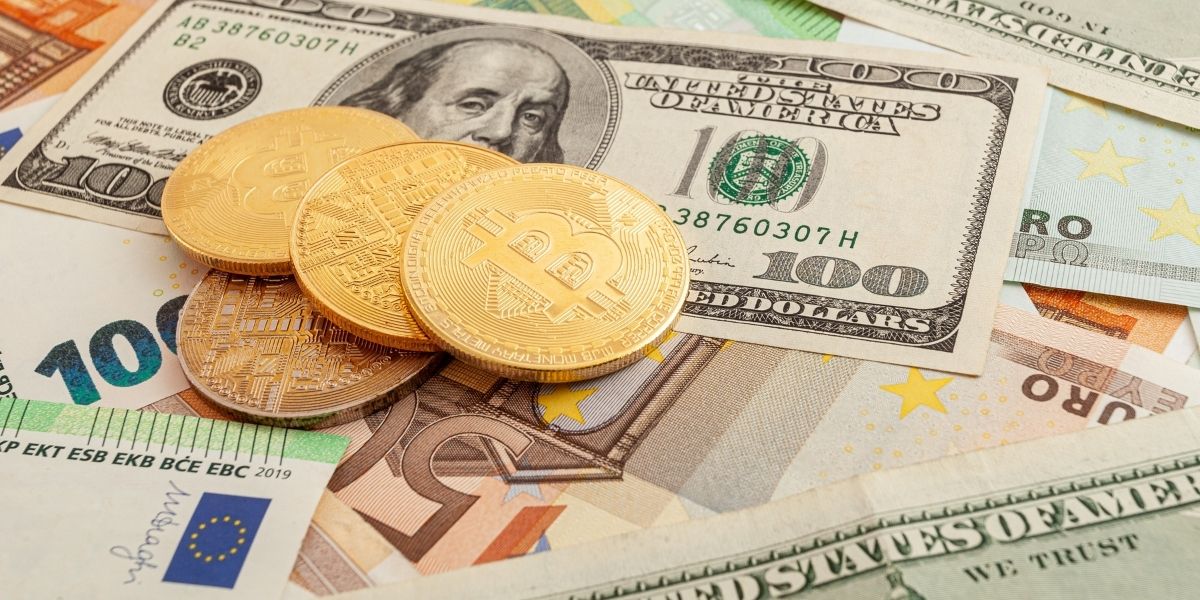
Jamie Dimon Sells Significant Shares, Reflecting Strong Confidence in JPMorgan Chase
Jamie Dimon sold over 866,000 shares of JPMorgan Chase. The transaction was part of a financial strategy for diversification. Continue Reading: Jamie Dimon Sells Significant Shares, Reflecting Strong Confidence in JPMorgan Chase The post Jamie Dimon Sells Significant Shares, Reflecting Strong Confidence in JPMorgan Chase appeared first on COINTURK NEWS . Bitzo



